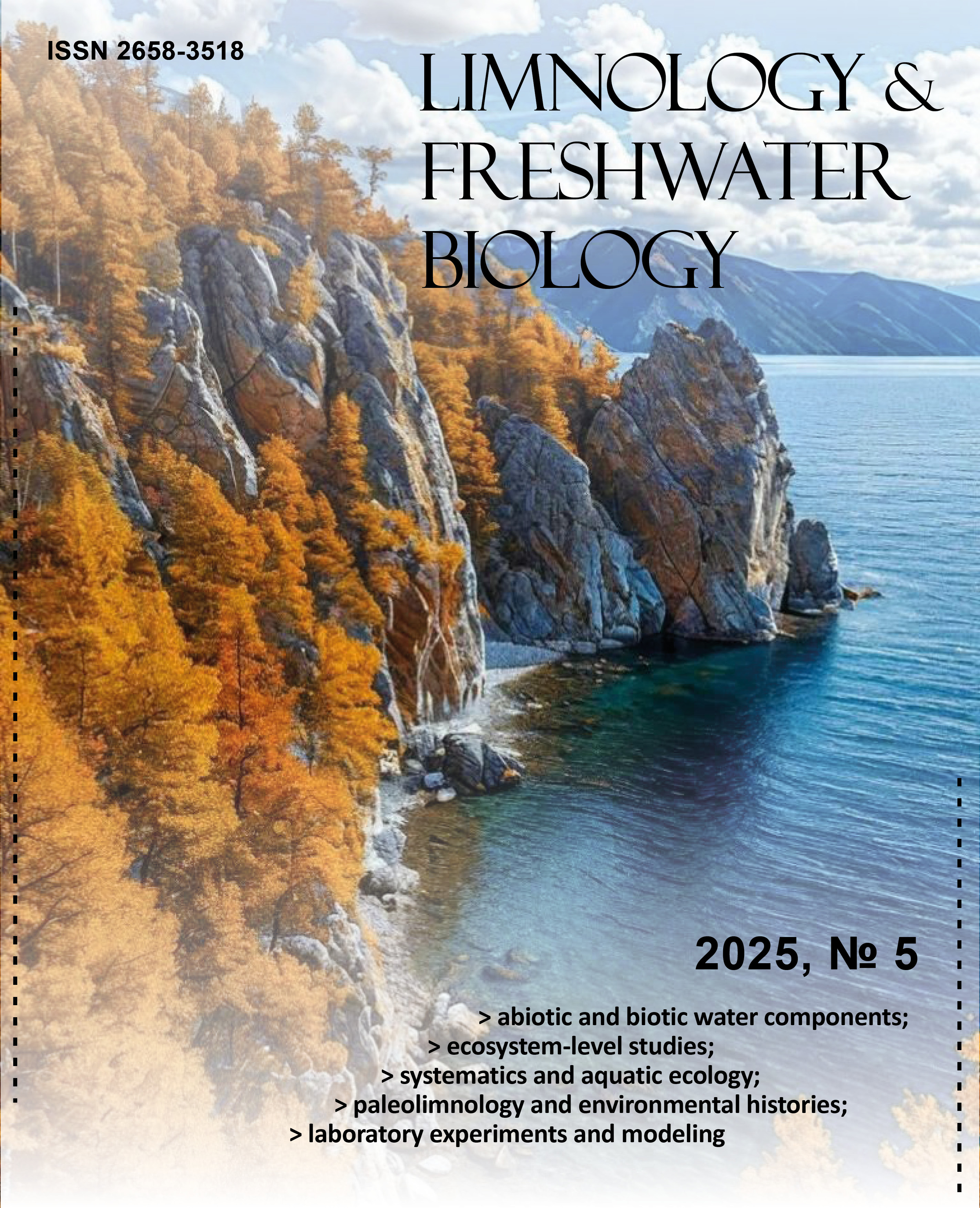Spatiotemporal variations of water quality parameters in selected young reservoirs in Tigray, Northern Ethiopia
DOI:
https://doi.org/10.31951/2658-3518-2025-A-5-1129Keywords:
Сhlorophyll-a, Dissolved Oxygen, pH, Physicochemical, Temperature, TurbidityAbstract
The health status of aquatic ecosystem is depended on the physicochemical and biological characteristics of water which provides significant information about the available resources for supporting life. This study aims to assess spatiotemporal variation of water quality parameters in selected young reservoirs in Tigray. Depth-integrated water samples (surface, middle, and just above bottom) were collected bimonthly (two times during the wet, dry-cold and dry-hot seasons) at each sampling sites with a heart-valve sampler. Variation between the wet, dry-cold and dry-hot seasons was examined using one-way ANOVA but variation between littoral and pelagic sites were analyzed with the independent t-test. We showed a significant (p<0.05) seasonal variation in temperature, pH and transparency in all the reservoirs investigated. Kalema reservoir was recorded with highest mean value of temperature, chlorophyll-a and conductivity. Mean value of pH has a spatially significant difference (p<0.05) in all the study reservoirs except Kalema. None of the physicochemical water quality parameters in Kalema reservoir exhibited spatially significant (p>0.05) variations. Dissolved oxygen and pH showed spatially significant variation (p<0.05) in Mihtsab-Azmati and Seisa reservoirs. A significant correlation (p<0.01) was recorded between temperature with turbidity, chlorophyll-a, transparency and conductivity. The physicochemical parameters of the reservoirs showed distinct temporal and spatial variations. The result obtained in this study is very important as baseline information to know the ecology of reservoirs for future reservoir management. Further detailed studies that include total phosphorus, total nitrogen, etc., are needed to suggest the trophic conditions of the reservoirs.
Downloads
Additional Files
Published
Issue
Section
License
Copyright (c) 2025 Limnology and Freshwater Biology

This work is licensed under a Creative Commons Attribution-NonCommercial 4.0 International License.

This work is distributed under the Creative Commons Attribution-NonCommercial 4.0 International License.







